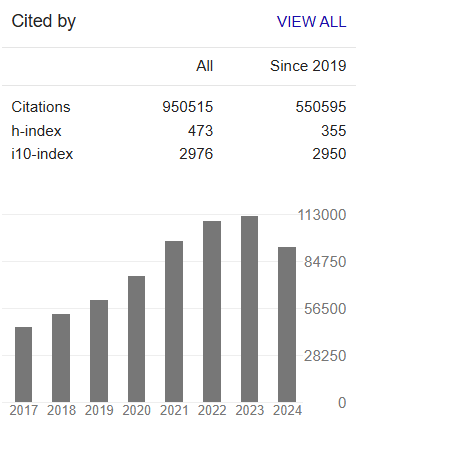Metabolism of Arsenic in Human by AS3MT Gene
Abstract
Pratik V. Malvade, Mayur S. Bhosale, Sayli R. Chavan, Dhanashri B. Bhagat
The AS3MT may be the most significant protein for the methylation of chemical elements species. The transfer of methyl radical from S-adenosyl-L-methionine (AdoMet) to powerfulness arsenical (AsIII) is catalyzed by the AS3MT that is critical for arsenic metabolism in humans. Since the AS3MT genetic polymorphism is linked to arsenic resistance, the association between the single ester polymorphism (SNP) and AS3MT inorganic arsenic (iAs) metabolism is being studied. Additionally, we tend to compared chemical action properties of recombinant human AS3MT and AS3MT/M287T. In reaction S-adenosylmethionine, arsenite, or methylarsonous acid (MAsIII) as substrates and endogenous reductants, together with glutathione (GSH), a thioredoxin enzyme (TR) system and tris(2-carboxyethyl) pesticide complex (TCEP). By victimization of either TR or Trx or NADPH or TCEP, AS3MT catalyzes the conversion of iAsIII to MAsIII then to methyl radical sonic acid (MAsV), dimethylarsinous acid (DMAsIII), and diethylarsinic acid (DMAsV). The Cys156 and Cys206 gift in similarity model forms the binding website for AsIII. Cys32 and Cys61 are linked by disulphidebond. The most important product in the initiative of methylation is MAsIII which remains sure to protein until it gets methylated. The product is a lot of hepatotoxic and more malignant neoplastic disease powerfulness methyl arsenicals, however, arsenic undergoes oxidation and reduction as enzyme-bound intermediates.



